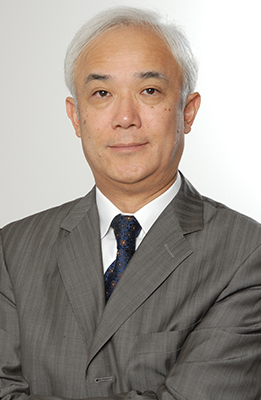Japanese private equity: at a turning point?
Japan's private equity market may contribute only a small percentage of the country's GDP but, amid a sluggish economic revival, there are signs it is beginning to have a greater influence, reports Stefania Palma.
Japan’s private equity market is small. In the US, about 14% of every $10 of gross domestic product (GDP) is raised by private equity. However, in Japan that figure is a meagre 0.78%. But as the economy fights deflationary pressures (see article on Japan’s economy) and smaller corporates are starved of financing, private equity still has a role to play in reviving the economy.
After the 1997 Asian financial crisis, Japanese banking regulators stood out because of their efforts to minimise non-performing loans – banks were discouraged from lending to riskier clients, including small and medium-sized enterprises (SMEs) and start-ups. However, such an approach comes at a cost. “This means money supply to this sector has not been enough, which has dampened technological progress in the past 20 years,” says Naoyuki Yoshino, dean of the Asian Development Bank Institute.
Private equity emergence
However, according to market participants, the tide started to turn following the appointment of Nobuchika Mori to the position of Financial Services Agency (FSA) commissioner in 2015. Indeed, Mr Mori highlighted the importance of banks supporting SMEs in his speech at the Institute of International Finance meetings in Tokyo in May this year. If banks exercise debt governance, and provide advice and finance to SMEs on a large scale, “they will contribute to the revitalisation of local communities, make wage increases possible, and help the economy get out of prolonged deflation", he said. "In Japan, we do need to create such a virtuous circle”.
Meanwhile, the FSA is also trying to develop means of financing beyond bank loans, which still dominate the market, and private equity could be a solution. Although the volume of mergers and acquisitions still represents only a small percentage of Japanese GDP relative to the US and Europe, the market has at least trebled in size since the late 1990s, according to Taisuke Sasanuma, co-founder and representative partner of Advantage Partners, which set up Japan’s first-ever buy-out fund in 1997.
In addition to a cultural disinclination to divesting from one’s company, selling to a private equity fund was previously perceived negatively in Japan. “We were seen as vulture funds [when private equity was born 20 years ago],” says Mr Sasanuma. But in Japan’s negative interest rate environment, it has become harder for large companies to achieve high returns on equity just by increasing sales and cutting costs. “They need to merge business portfolios, divest non-core businesses or grow research and development expenditure,” says Mr Sasanuma. This has generated more private equity deals. “Now we get company owners approaching us, which would have never happened [20 years ago].”
Large private equity transactions are mostly carve-out deals – when a parent company sells minority interest of a business unit to external investors – led by global funds. But local private equity firms such as Advantage Partners tend to focus on smaller corporates, which face a common challenge. “They do not have the know-how to expand beyond Japan, so they are hesitant. Asia is the most logical place [to target]. Expanding abroad can offer better service providers, suppliers or resources. It’s not just about selling one’s company,” says Mr Sasanuma.
New opportunities
As with other parts of the financial industry, private equity has not been immune to the effects of an ageing population. However, this phenomenon has also created opportunities in sectors targeting the elderly. For instance, Advantage Partners has recently invested in funeral parlour Epok Japan and in ICI Sports, a ski retailer that has shifted its focus from the young to retired, older customers.
Private equity funds are also setting up new collaborations with banks. Japan’s corporate sector today holds $200bn in cash, meaning loan demand is feeble. As a result, banks are turning to leveraged finance as a new source of revenue. “[They] are approaching us with very attractive terms and reasonable covenants,” says Mr Sasanuma. However, regional banks are under great pressure. This is because rural industry has been hit the hardest by Japan’s economic slowdown and rural communities have grown older as the young emigrate to the cities. So, to fight a stagnant local market, regional banks – institutions that historically focused on collateral-based lending – have started putting money into private equity funds as passive investors, and are increasingly involved in cash-flow lending.
And it does not end there: pension funds are also turning to private equity funds in the current negative rates environment, with Japan’s Government Pension Investment Fund setting up a department dedicated to private equity investment. “Other public pension funds will follow,” says Mr Sasanuma.
Small though the private equity market remains in Japan, the indications are that it finally seems to be at a turning point.



